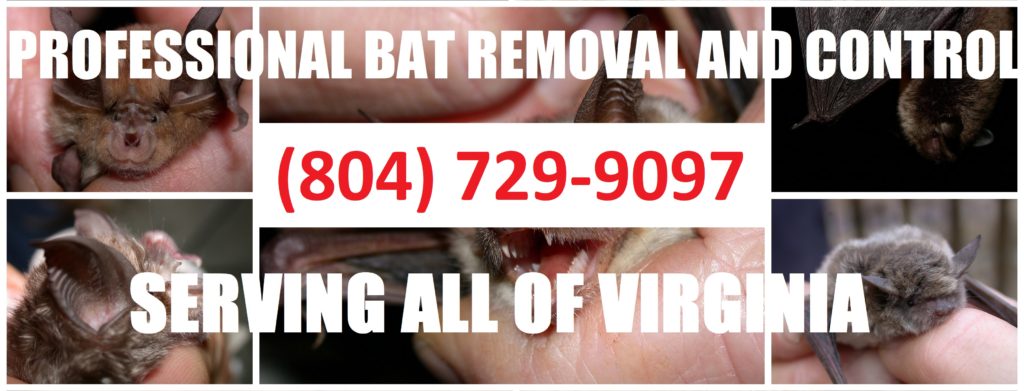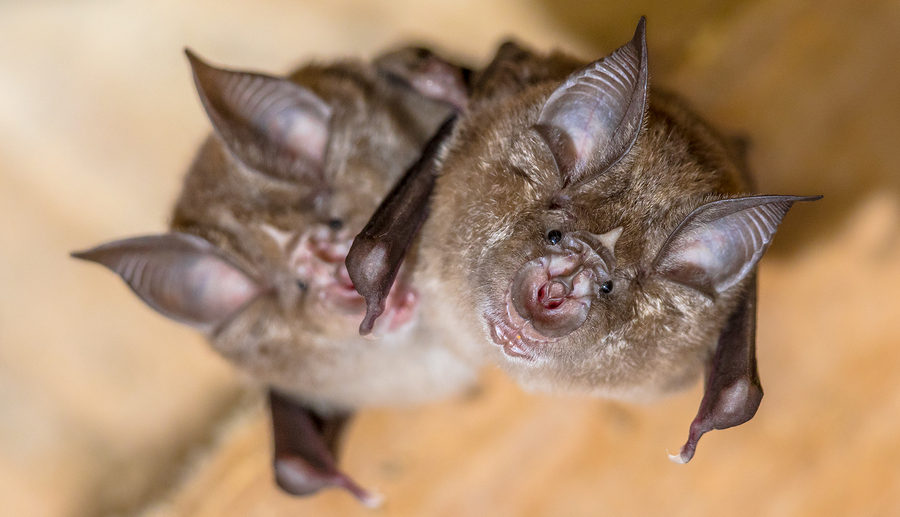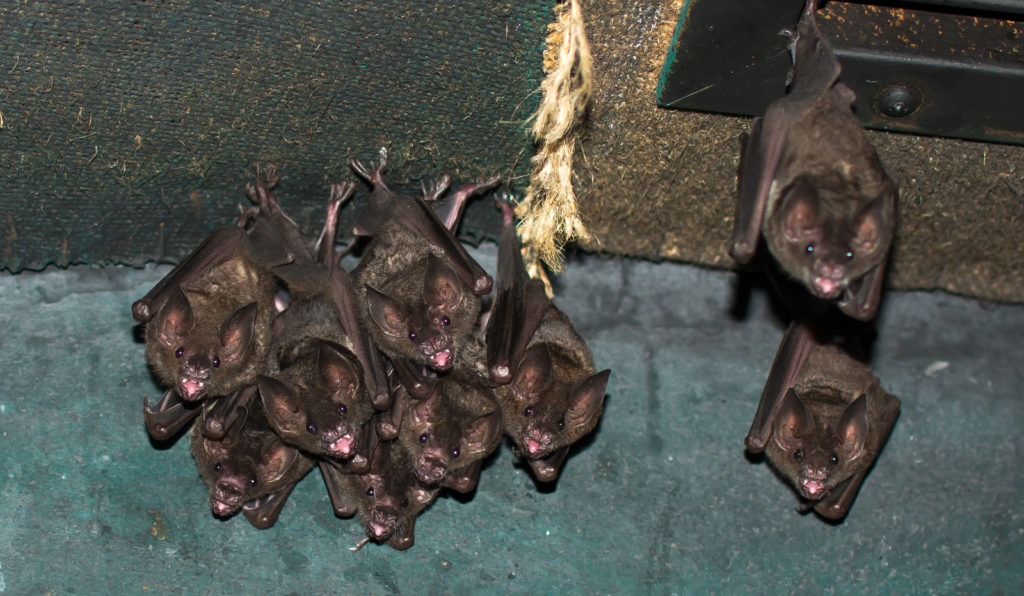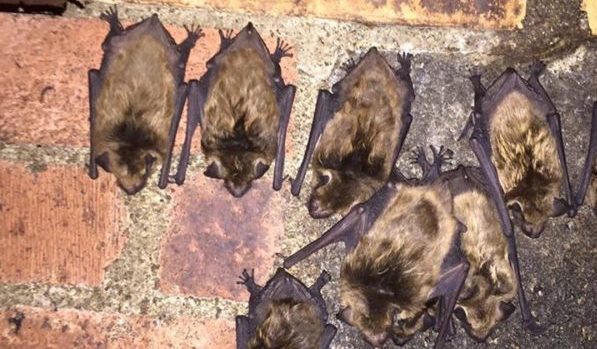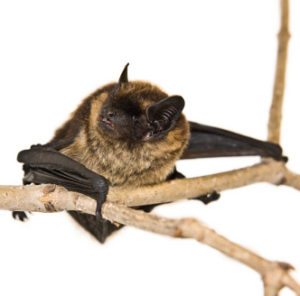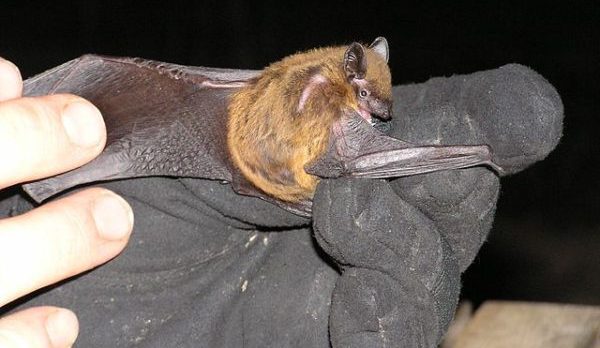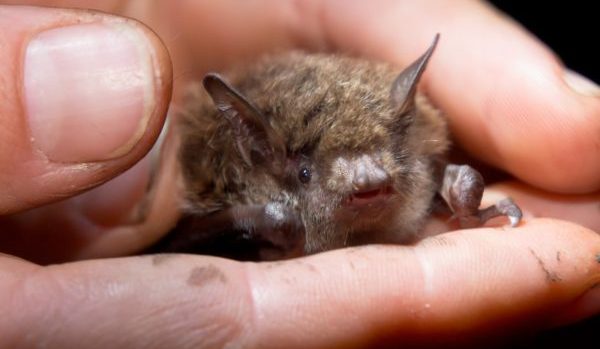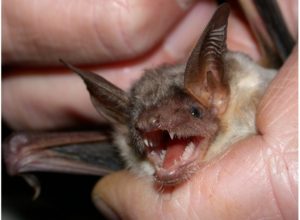Now that the snow is here, all the local Virginia wildlife are carrying out their winter plans; bats included. Many people assume that all bats migrate just as birds do, but this is not entirely true. Some bats may migrate to warmer climates, but several others will remain right here in Old Dominion. Continue reading to learn more about bat habitats in winter, and what to do if your house winds up being one of them.
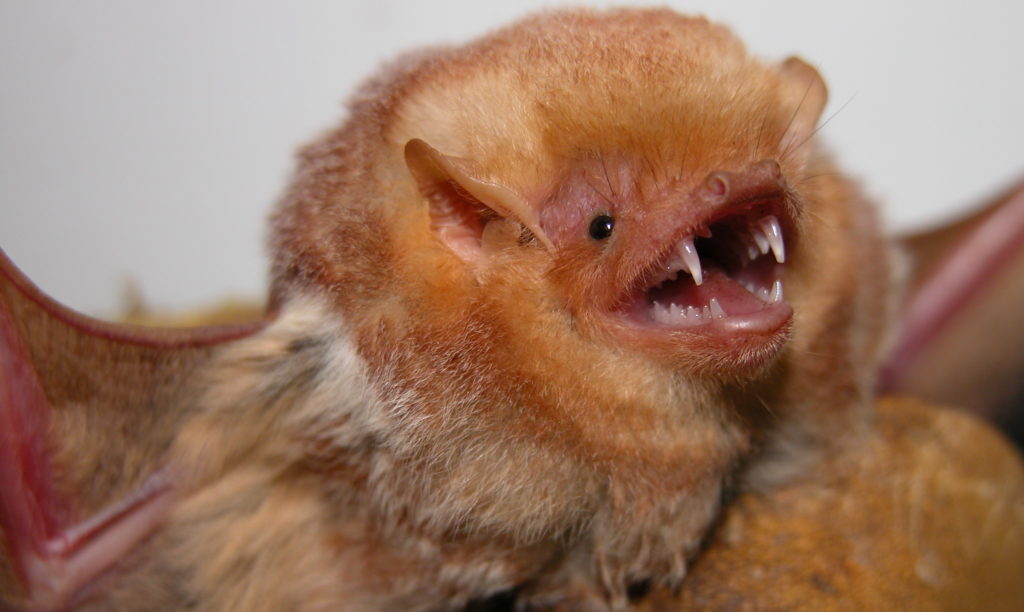
Bats and Migration
In the winter, Virginia insects diminish in accessibility, making it difficult for bats to thrive through the season. For this reason, many bat species migrate to warmer climates, sometimes thousands of miles away. Here in Virginia, there are around 15 different species of bat, including the Gray bat, Indiana Bat, Rafinesque’s Big-Eared bat (also known as the Southeastern Big-eared bat), Eastern Small-footed bat, Northern Long-eared bat, Eastern Pipistrelle bat, Silver-Haired bat, Eastern Red bat, Hoary bat, Seminole bat, American Long-Eared bat, Lump-Nosed bat, Ozark Big-Eared bat, Townsend’s Big-Eared bat, Northern Myotis, and of course our state bat, the Virginia Big-Eared bat.
Of these species, the ones that migrate in the fall are Eastern Red bats, Silver-Haired bats, and Hoary bats. These migrating species take shelter in trees, which go bare in the winter, making them quite undesirable. So as a solution, they take flight to Southern regions, like Mexico and the Caribbean. Some stop as near as Arizona and Texas.
Bats That Do Not Migrate
As for the species of bat that do not migrate, well they just find some adequate shelter to keep them warm and protect them from predators, and then slip right into torpor for the remainder of the season. Winter bat roosts often wind up being hollowed trees, abandoned mines, caves, and of course, our very own houses and buildings. Here, bats will enter into hibernation, also known as hibernacula or torpor. This period generally begins around mid-October, but can sometimes be delayed until the temperatures begin to remain under 40 degrees Fahrenheit. Once in hibernacula, bats remain in a torpor-like state until spring emerges with warmer weather.
Bats in the Attic
As a result of land over-development and additional environmental impacts, many local bat populations have been forced to seek shelter in our very own buildings, homes, and structures. It is quite common to find roosting bats in attics, roofs, gutters, downspouts, garages, crawl spaces, wall voids, sheds, barns, pool houses, and even children’s tree houses.
How to Get Rid of Bats on Your Property
Although bats are vital parts of the surrounding ecosystem and highly beneficial to our local economies, we do not want to find them in our house or building. When this happens, trust a licensed and insured Virginia bat removal company for safe and humane bat abatement service at an affordable price. Wish to help the local bat populations through the winter season but don’t want to put your property at risk of damage? See our blog, “How to Safely Support Local Bat Colonies” to learn your options.
Safe and Humane Bat Control Service in Virginia
Call Virginia Bat Pros at 804-729-9097 when you need prompt and professional Virginia bat removal and control you can afford. We use safe and humane methods to deliver effective 24 hour bat control for residential and commercial properties throughout Virginia. We serve all of Virginia, including Richmond, Petersburg, Short Pump, Lynchburg, Charlottesville, Norfolk, Chesapeake, Newport News, Virginia Beach, and all of their surrounding areas.
